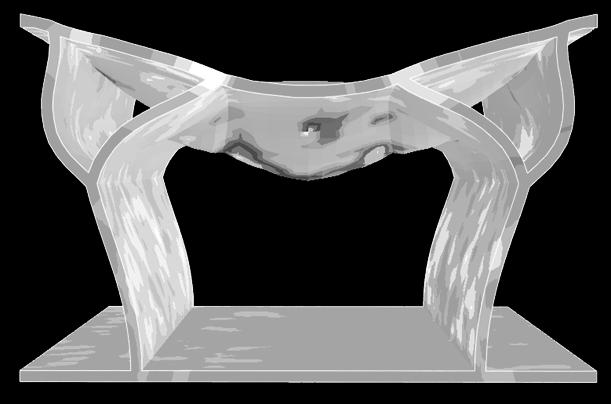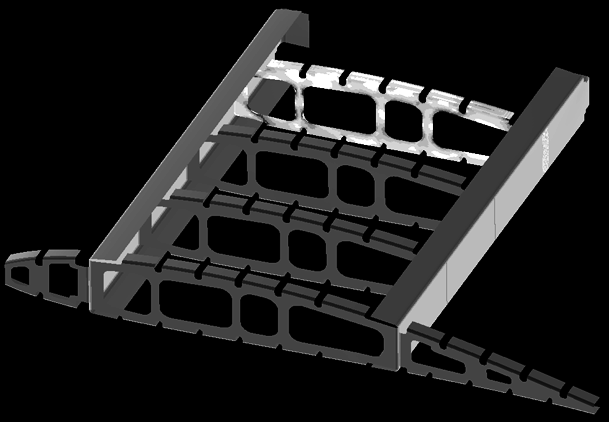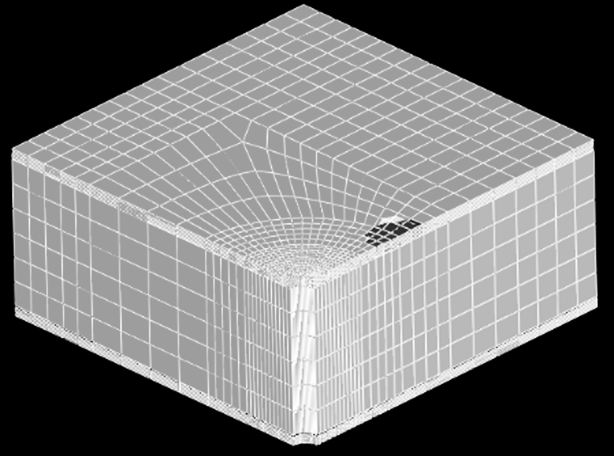Numerical Simulations (FEA)
-
At Skoedus, our Numerical Simulation services using Finite Element Analysis (FEA) are designed to unravel the complexities of structural dynamics, thermal behavior, and system responses. Utilizing advanced numerical techniques, our simulations pave the way for optimized designs and informed decision-making across diverse industries.
WHAT SETS US APART?
Detailed Dialogue, Transparent Calculations

Skoedus thrives on transparent collaboration. We not only share the details of our calculations but actively engage in a comprehensive dialogue, ensuring clarity and alignment with your project objectives.
Efficiency and fast-response

Skoedus embodies efficiency without compromise. Our fast and cost-effective approach doesn’t sacrifice the precision and quality that define our Numerical Simulation Analyses.
Integrated Real-Life Testing

Skoedus doesn’t just stop at simulations; we seamlessly integrate real-life testing into our methodologies. This unique approach combines the precision of simulations with the authenticity of physical testing, ensuring a comprehensive and reliable analysis.
Technical Overview
Capabilities:
- Displacement Map:
- Visual representation of component deformations under various loading scenarios, aiding in understanding structural responses.
- Stress/Strain Map:
- Detailed mapping of stress and strain distributions across the component, offering a comprehensive view of material behavior.
- Sandwich Failure (Compression and Shear Stress):
- Assessment of failure risks in sandwich structures, considering compression and shear stress scenarios.

- Thermal Analysis:
- Evaluation of thermal effects on components, optimizing designs for efficient heat dissipation.
- Ballistic Analysis:
- Assessment of component response to ballistic impacts, ensuring structural integrity in high-velocity scenarios.
- Blast Analysis:
- Analysis of structural response to blast events, optimizing designs for resilience in explosive conditions.
- Static Analysis:
- Rigorous examination of structural stability and equilibrium under various loading conditions.
- Dynamic Analysis:
- In-depth assessment of structural responses to dynamic forces, providing insights into behavior over time.

- Composite Plies Stress/Strain Map:
- Specialized analysis focusing on composite materials, mapping stress and strain within individual plies for optimized design.
- Buckling Analysis:
- Identification of critical buckling points, allowing for the optimization of designs to enhance structural stability.
- Bonding Analysis:
- In-depth examination of bonding interactions between components, ensuring robust joint integrity.
- Composite Failure Criteria (Hill…):
- Utilization of failure criteria, such as Hill criteria, to predict composite material failure under different loading conditions.

Case Study: UAV Wing Section Simulation and Composite Optimization
Objective: Simulation and validation of a UAV wing section mechanical test, followed by the conception of a test bench, prototype design, and composite optimization for a high altitude, high endurance UAV with a 6m wingspan.
Part 1: Test Bench Design and Preliminary Model Design:
- Initiated the process with the design of a test bench and a preliminary model, facilitating the subsequent wing design.
- Preliminary simulations ensured the feasibility of the UAV wing section test, laying the foundation for further development.

Wing test-bench designed 
Wing test-bench fabricated Part 2: Conception of Test Bench and Wing Prototype:
- Executed the conception of the test bench and wing prototype, aligning the design with the specific requirements of a high altitude, high endurance UAV with a 6m wingspan.
- Integrated the UAV wing section with the bench, incorporating bolts in a comprehensive assembly simulation to validate the proposed design.


Stress analysis on simulated bolts 
Real Bolts Part 3: Simulation Results and Future Design Usability:
- Successfully simulated the UAV wing section test, providing critical insights into structural behavior for present and future designs.
- The validated model serves as a reliable tool for optimizing future UAV wing designs, ensuring ongoing advancements in aerospace technology.

Design and simulation FEA of wing including complete structure
Part 4: Composite Optimization for Mass Reduction:
- Employed the validated model to optimize the structure of the composite wing design with the primary objective of reducing mass.
- Achieved a remarkable 40% reduction in mass compared to the initial design through innovative composite design following strict aerospace rules.

Top: Previous design of structural wing element
Middle: Optimized after project with -40% weight Bottom: Final prototypeAchievements:
- Precise Test Bench and Prototype Design:
- The meticulous test bench and prototype design ensured accurate simulation results, laying the groundwork for further optimizations.
- Usable Simulation Model:
- The successfully simulated test model is not only applicable to current designs but also serves as a foundation for the continuous evolution of UAV wing structures.
- Composite Optimization Success:
- The achieved 40% mass reduction demonstrates the success of composite optimization, contributing to the UAV’s overall efficiency and performance.
- Displacement Map:
